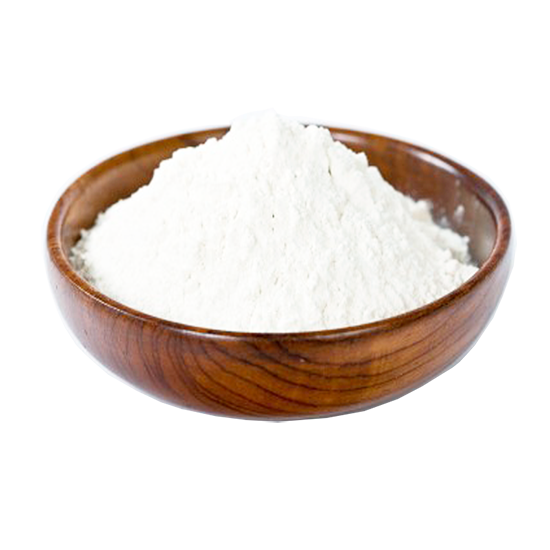We are suppliers, manufacturers, exporter, and importer of Food Grade Tapioca Starch Powder for many food industries, we can supply the best quality with a very very competitive price.
Tapioca Starch is extracted from the tuberous roots of the manioc plant that essentially develops in an equatorial climate. Defined utilizing premium quality natural ingredients, the starch is refreshing for its accurate structure and purity.
Contingent upon the region of growth, plants might be known as mandioca, yucca, cassava or tapioca. Tapioca pearls are widely utilized and are known as sagudana. The white sago pearls (sagudana or shabudana/sabudana) are utilized to make snacks.
“Tapioca Starch widely used in food industry also finds application in adhesive and glue, plywood, paper, pharmacy, textiles, confectionery, and various other industries. Our range is widely appreciated for its accurate composition and purity”
SPECIFICATION
| No. | Testing Item | Result (Unit)s |
| 1 | Starch Content | 85.0 % Min |
| 2 | Moisture | 13.0 % Max |
| 3 | PH | 5.0 – 7.0 |
| 4 | ASH | 0.2 % Max |
| 5 | SO2 | 30 PPM Max |
| 6 | Whiteness | 95 % Min |
| 7 | Viscosity | 750 BU Min |
Packing: 50 KG in PP/PE BAG
Tapioca is a starch powder removed from the cassava root, all the more usually known as yuca to English speakers. Native to northern Brazil, cassava presently grows worldwide, especially in South America, Asia, and Africa.
The cassava root, or underground piece of the cassava shrub, grows well in hot, humid climates with low-supplement soils. Actually, it's considered one of the world's most drought-tolerant crops.
Sustenance and health benefits
- Enriches red blood cells
- Keeps digestion in check
- Aiding bone and muscle density
- Eliminating trans fats and sodium
- Boosted Energy
Production changes by the location however consistently include squeezing the starchy liquid out of ground cassava root. When the starchy liquid is out, the water is permitted to evaporate. At the point when all the water has evaporated, a fine tapioca powder is abandoned.
Next, the powder is handled into the preferred form, for example, flakes or pearls. Pearls are the most common form. They're frequently utilized in bubble tea, puddings, and desserts, just as a thickener in cooking.
Tapioca adds body to soups, sauces, and gravies; it has more thickening power and for the most part, costs not as much as flour and different thickeners. Tapioca can be added to ground meat products, for example, burger patties and chicken nuggets, as a binder and ingredient stabilizer. It traps dampness in a gel, so it's frequently added to baked goods to keep the pastry from getting soggy during storage. Tapioca is a typical ingredient in gluten-free products since it helps the texture and maintain dampness in the absence of gluten.












